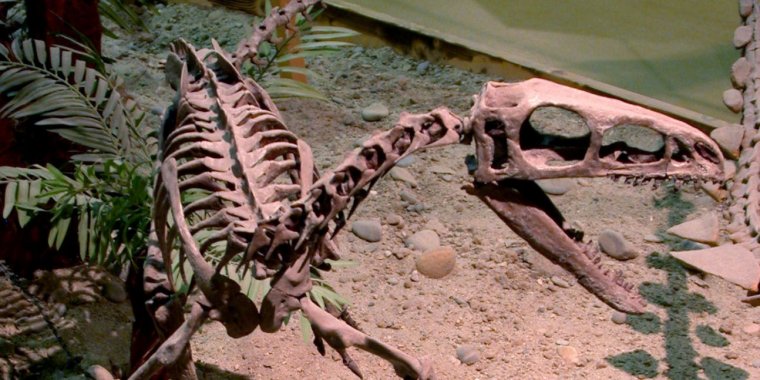| News / World News |
Scientists find dinosaur feathers preserved in amber
An international team of researchers announced on Thursday they have found the tail of a juvenile dinosaur preserved in amber — with its feathers still attached. Although some preserved feathers that may have been from dinosaurs have been found before, this is the first time they have been conclusively connected to the animal that grew them.
Lead researcher Lida Xing of the China University of Geosciences found the amber, originally from amber mines in Myanmar's Hukawng Valley, in a Myanmar market, where it had been mistaken for a preserved plant.
He encouraged the Dexu Institute of Palaeontology to purchase the sample, after which its bone structure was carefully studied to confirm that it was not a bird but the tail of a theropod, likely juvenile; probably a coelurosaur, which is related to the Tyrannosaurus rex. "We can be sure of the source because the vertebrae are not fused into a rod or pygostyle as in modern birds and their closest relatives. Instead, the tail is long and flexible, with keels of feathers running down each side", said Ryan McKellar of Canada's Royal Saskatchewan Museum.
This not only confirms that at least some dinosaurs had feathers, a theory already widespread, but provides details fossils generally cannot, such as color and three-dimensional arrangement.
Scientists say this animal's plumage was chestnut-brown on top with a pale or carotenoid-colored underside. The find also grants insight into the evolution of feathers in birds.
Because the dinosaur feathers do not have a well-developed shaft, called a rachis, but do have other features of feathers — barbs and barbules — the researchers inferred the rachis was likely a later evolutionary development that these other features.
The feathers' structure suggests that they were not used in flight but rather for temperature regulation or display. The researchers suggested that, even though this is the tail of a young dinosaur, the sample shows adult plumage and not a chick's down.
The tail dates to the Cretaceous period, about 99 million years ago. (Wikinews)
YOU MAY ALSO LIKE





